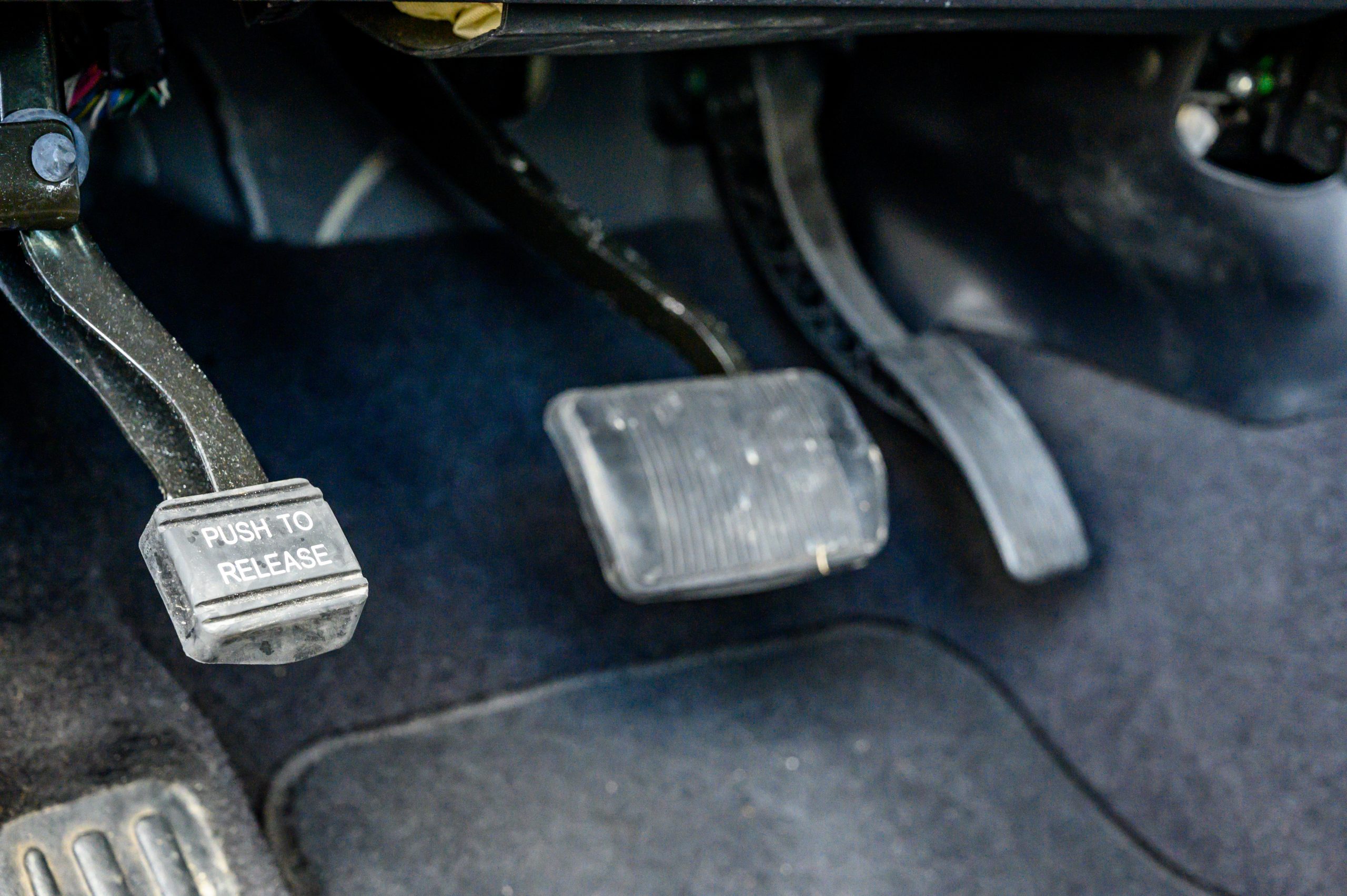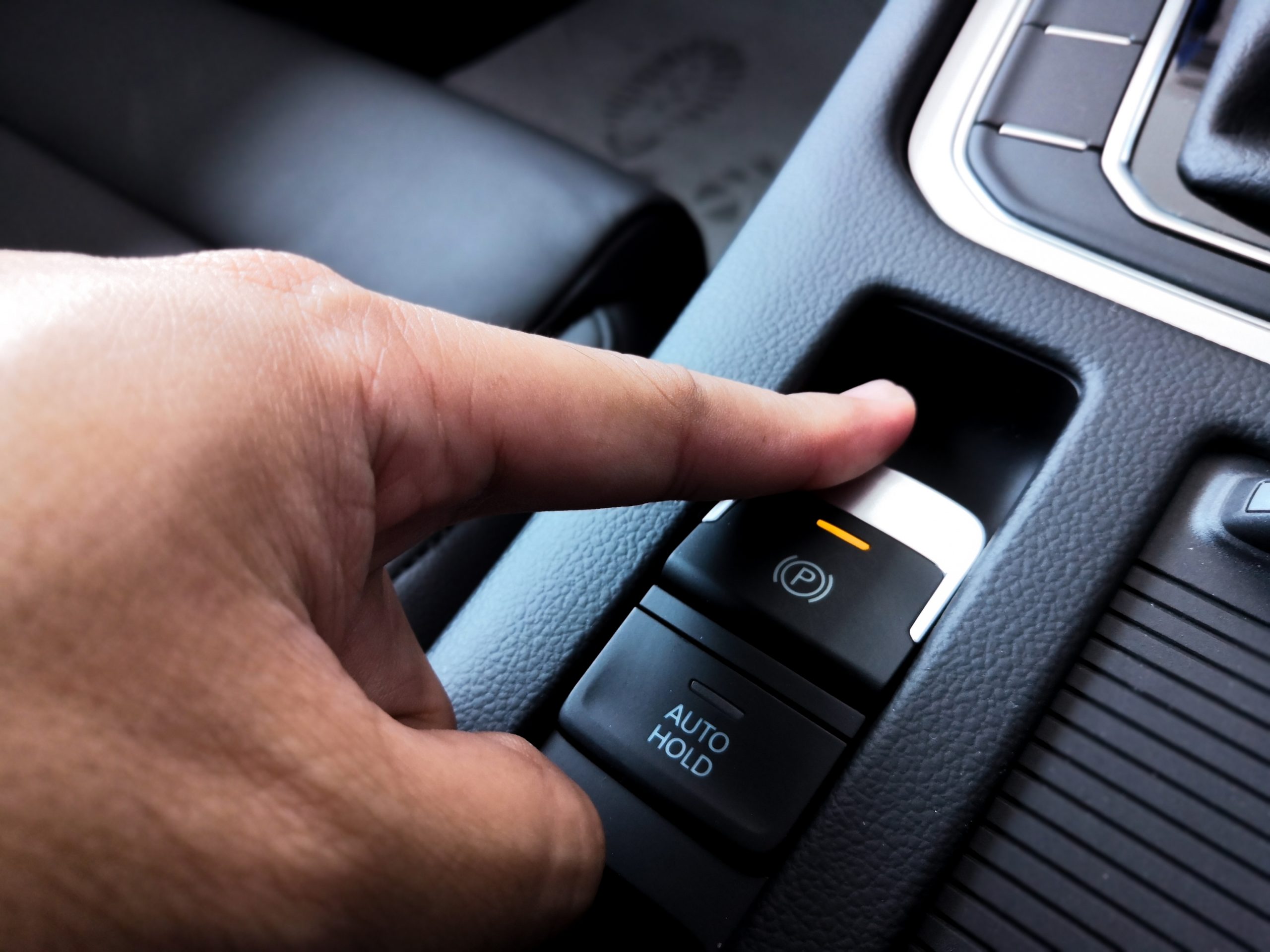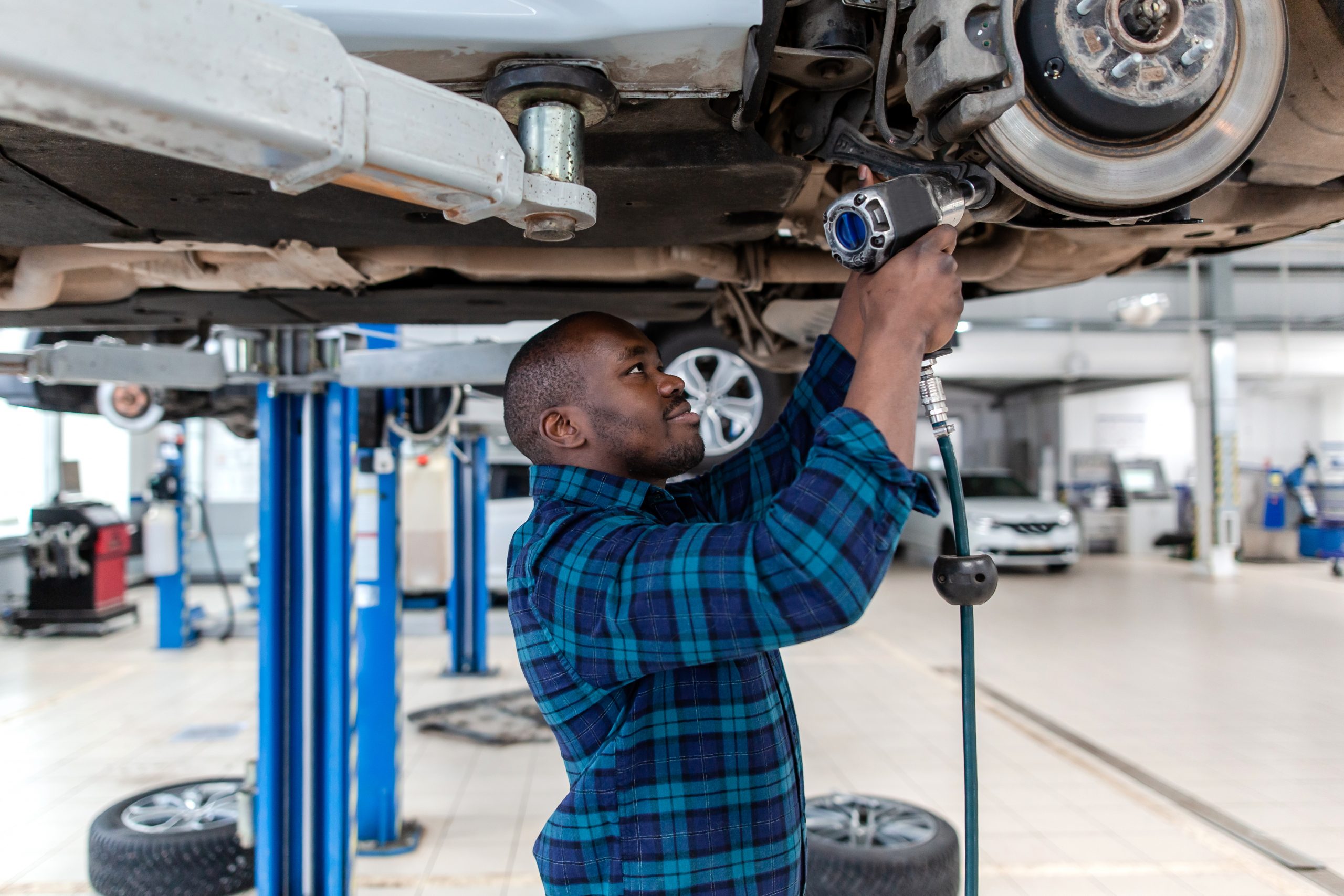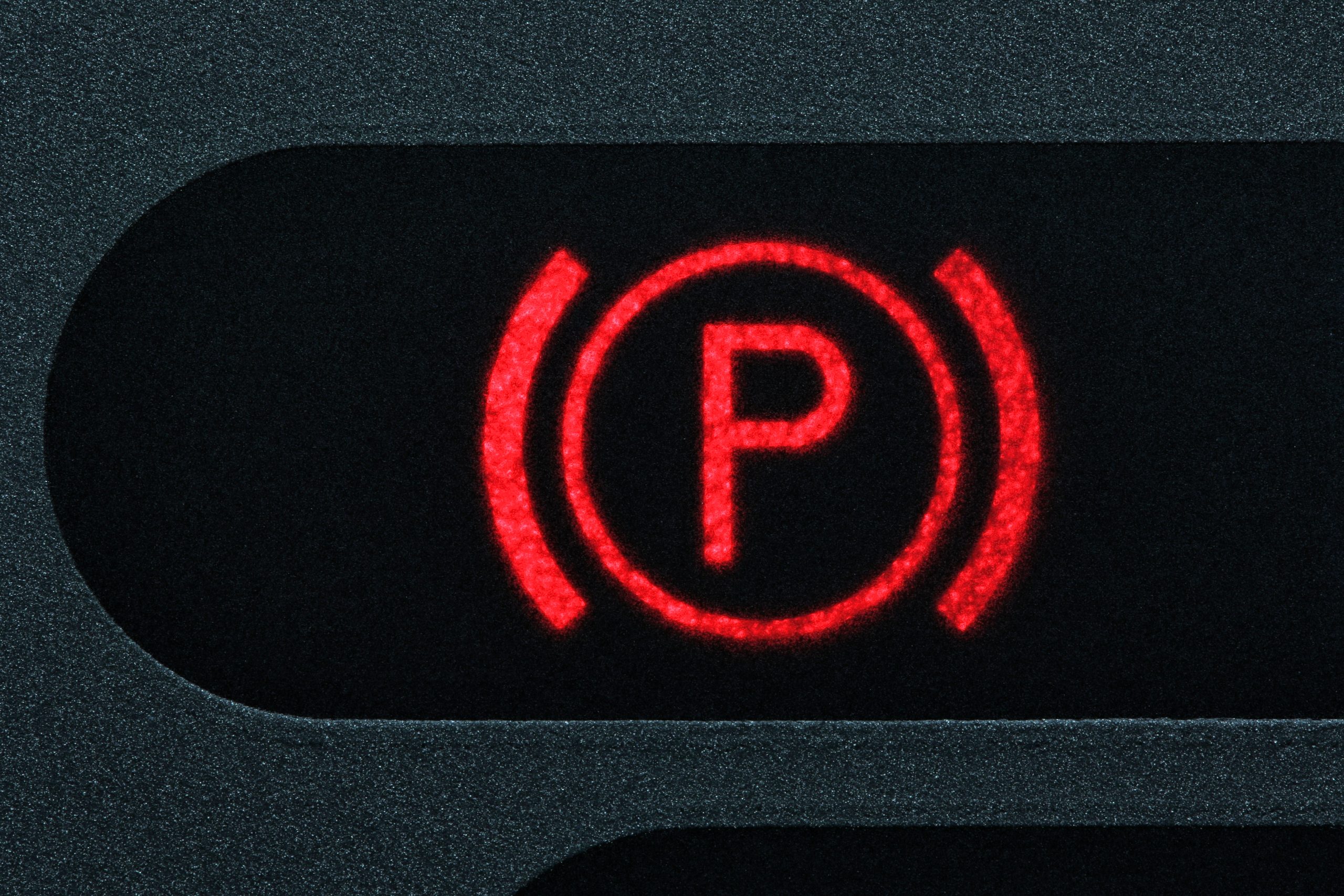Parking Brakes

Parking Brakes
Movement is an essential part of driving, whether the vehicle is going forwards or backwards. Still, stopping and parking can be just as important. Every vehicle is equipped with some type of parking brake, often called the emergency brake.
When an automatic transmission vehicle is in Park and the motor turned off, it theoretically should not roll away. A manual transmission vehicle is often more susceptible to rolling, even with the engine off. Even then, however, it should stay in place on a flat road. Still, the parking brake with its steel cables connected to the rear brakes is an additional safety feature. This important component can be one of three basic types, all of which the drivers engage manually.
Types of Parking Brake
One of the common types of parking brake is a lever in the central console. When the vehicle is parked, the driver pulls up on the lever as far as it will go. The parking brake then presses against the main brake and helps to exert pressure if the vehicle starts to roll. To disengage this type of parking brake, the driver pushes in the button at the end of the lever, lifts the brake slightly, and lowers the lever to the floor.

To engage the parking brake:
- Press down on the brake pedal.
- Lift the parking brake handle as far as it will go.
- Put the car in park.
- Remove your foot from the brake pedal and turn off the engine.
To release the parking brake:
- Press your foot down on the brake pedal.
- Start the engine.
- Lift the parking brake slightly while pressing the Release button at the end of the brake.
- Lower the lever as far as it will go.
- Ensure that the Brake light on the dashboard is off before proceeding.
Remember that the entire braking system can be damaged unless it is disengaged before the car moves.

A similar type of parking brake has a foot pedal rather than a hand lever, but it works in much the same way. After putting the vehicle in the correct gear, the driver pushes down on this brake with one foot, being sure that the brake is entirely engaged. When preparing to leave, the driver disengages the foot brake before slowly returning it to its original position.
Some vehicles now come with the option of an electronic parking brake that operates with a button rather than a pedal or lever. When the vehicle is parked, the driver presses a button to engage the parking brake. Another push on the button disengages the parking brake when the driver is ready to leave. On some vehicles, the electronic parking brake automatically engages when the engine stops and disengages when the driver presses the accelerator.

Problems with Lack of Use
On automatic transmission vehicles, parking brakes might seem unnecessary except on steep hills, since the Park setting is normally enough to hold the vehicle in place. However, setting the parking brake each time the engine is turned off is important. Otherwise, the brake could corrode from lack of use and become stuck the next time the driver tries to move the lever or pedal.
In addition, the parking brake can affect the functioning of the rear brakes. Especially when the vehicle is equipped with drum brakes, using the parking brake regularly will help to keep the rest of the braking system working properly. Vehicles are built with moving parts that can become stiff from lack of use. The lever or pedal may become hard to use, or the brake itself might snap or become too stiff to use when the driver needs it.
Failing to use the parking brake can sometimes be deadly. For example, a CTV news article from October 2019 reported that a five-year-old girl was killed in a North York school parking lot by a vehicle that had rolled into her. Although the vehicle had stopped, it was still running without the parking brake engaged. Even though such extreme examples might be rare, they highlight the importance of using the parking brake whenever a vehicle has stopped for more than a minute or two.

Corrosion and Stiffness
Keeping the parking brake clean and the area around it clear is important for minimizing problems. If anything gets in the way, it could keep the driver from engaging the parking brake properly. Underneath the vehicle, water, salt, and debris from the road can get trapped in the system and cause corrosion or other problems. Mechanics can detect many of these problems and help fix them, and it is important to have every vehicle checked regularly.
When a parking brake becomes too stiff or corroded to be effective, it might need to be replaced. Having the vehicle checked regularly is a good idea, especially in winter when salt from the road can cause vehicles to rust. While a mechanic will likely need to check the cables and other parts under the vehicle to ensure that everything is in working order, vehicle owners can try to keep the area around the parking brake inside the vehicle as clean and moisture-free as possible.
Getting a feel for how a particular parking brake works is also important. To work properly, the brake should be fully rather than partly engaged. However, if the parking brake is still engaged while the vehicle is moving, the system can be damaged and become ineffective. When the dashboard light, a letter “P” or an exclamation mark in the middle of two circles, is off, it is safe to go. The brake will be ready for its next use. For every driver, learning to use the parking brake regularly is important.

